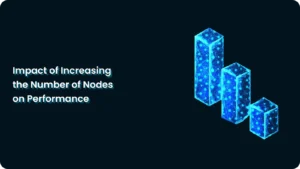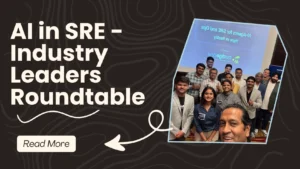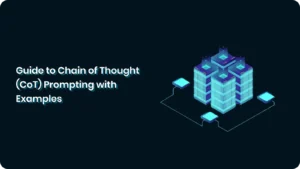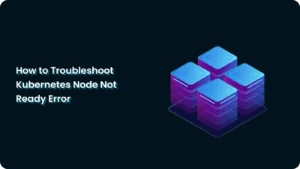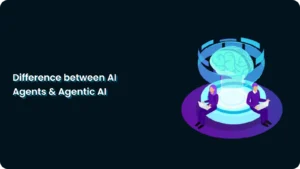AI-Powered Root Cause Analysis for SREs: How to Resolve Incidents in Minutes

In complex, distributed systems, finding the “why” behind an outage is often harder than detecting the outage itself. Site Reliability Engineering (SRE) teams have historically relied on manual root cause analysis (RCA), sifting through logs, metrics, and traces across multiple tools to piece together the incident story.
In 2025, AI-powered RCA tools are changing that process. By correlating data across observability stacks in real time and spotting patterns invisible to humans, these systems help SREs resolve incidents 40–75% faster while reducing false positives and escalation rates.
This post breaks down how AI-enhanced RCA works, why it matters, and how to integrate it into your troubleshooting workflow.
What is AI-Powered Root Cause Analysis?
AI-powered RCA uses machine learning models trained on historical incident data to:
- Correlate logs, metrics, and traces across systems
- Detect anomalies that precede failures
- Identify causality instead of just symptoms
- Suggest remediations based on past outcomes
Example: Instead of telling you “CPU spike detected,” an AI RCA tool might report, “CPU spike on Service X caused by memory leak in Dependency Y after deployment Z at 10:34 UTC.”
Why Traditional RCA Falls Short
Manual RCA struggles in modern environments because:
- Data Overload: Too many signals from too many sources
- Context Switching: 8–12 tools per incident slows analysis
- Single Points of Knowledge: Reliance on domain experts creates bottlenecks
- Slow Timelines: MTTD often measured in minutes, MTTR in hours
How AI RCA Improves SRE Workflows
- Real-Time Correlation – Ingests metrics, logs, traces, and change history, finding links in seconds.
- Pattern Recognition – Detects failure patterns humans miss.
- Causal Inference – Goes beyond “what happened” to “why it happened” and “what will happen next.”
- Evidence-Based Remediation – Suggests fixes with proven historical success rates.
Key Metrics from AI RCA Adoption
| Metric | Before AI | After AI | Improvement |
|---|---|---|---|
| Mean Time to Detection (MTTD) | 15–30 min | 30–90 sec | 85–95% faster |
| Mean Time to Resolution (MTTR) | 2–8 hrs | 15–45 min | 75–90% faster |
| False Positive Rate | 40–60% | 10–20% | 60–80% lower |
| Escalation Rate | 25–35% | 8–15% | 50–70% fewer |
AI benchmarks keep on improving as AI models and training becomes more advance.
These RCA capabilities don’t just improve accuracy they also dramatically accelerate recovery. In fact, with the right automation and workflows, teams can achieve up to 75% faster resolution times.
See MTTR reduction strategies →
Integrating AI RCA into Your SRE Stack
- Observability Tools: Prometheus, Datadog, Grafana, OpenTelemetry and more.
- Incident Management Platforms: Automate ticket creation with contextual RCA findings.
- Runbooks & Playbooks: Link RCA outputs to automated remediation workflows.
- Guardrails: Keep humans in control for high-impact changes.
Pro Tips for Implementation
- Start with high-frequency, well-documented incidents to train your models.
- Create feedback loops, AI learns from every resolution.
- Pair RCA with predictive analytics for proactive prevention.
A Fortune 500 e-commerce platform cut MTTR by 80% after deploying AI RCA, reducing resolution times from 4+ hours to under 1 hour.
nudgebee internal sources
A global SaaS provider now automates RCA for 85% of incidents, cutting escalations by 60%.
Conclusion
AI-powered RCA won’t replace SREs, it frees them from repetitive analysis so they can focus on solving problems and improving systems. Teams adopting it aren’t just fixing incidents faster, they’re preventing them altogether.

